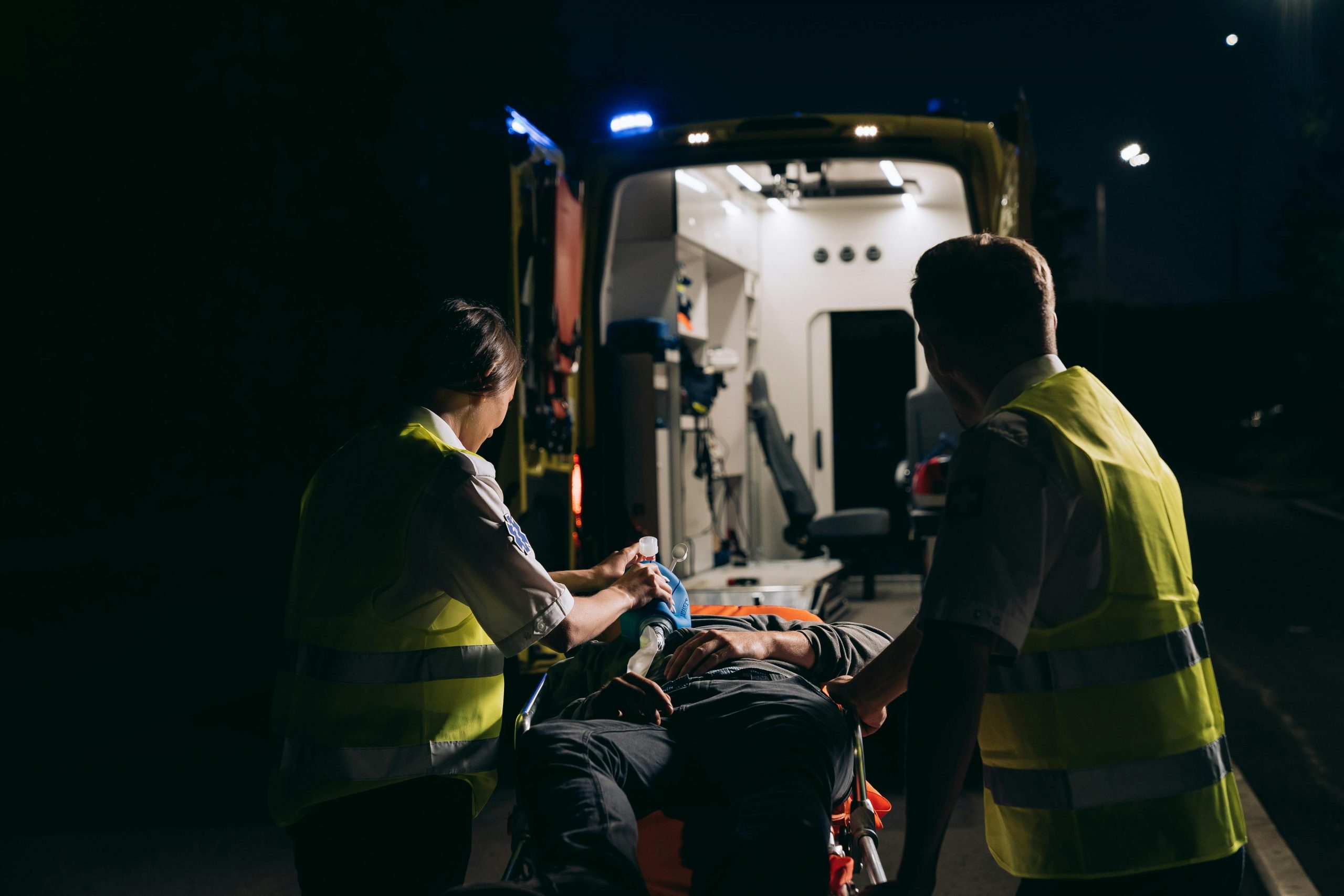Misdemeanor Vehicular Manslaughter in California is a criminal offense in which a person is involved in a fatal car accident, but the death is determined to be the result of negligence rather than intentional actions or gross negligence. Unlike Felony Vehicular Manslaughter, which involves either gross negligence or intoxication, misdemeanor vehicular manslaughter involves a lesser degree of carelessness. There is even a way for a prosecutor to charge Felony Vehicular Manslaughter as a strike.
How does Misdemeanor Vehicular Manslaughter work?
The language of the Misdemeanor Vehicular Manslaughter gives the prosecution 2 different ways to charge this crime. The first way is if you were violating the Vehicle Code in some way which led to the collision. But the second way does not require a violation.
Cal. Pen. Code § 192(c)(2) states:
“Driving a vehicle in the commission of an unlawful act, not amounting to a felony, but without gross negligence; or driving a vehicle in the commission of a lawful act which might produce death, in an unlawful manner, but without gross negligence.”
What this means is that you could be involved in an accident in which someone dies, and not be cited for any Vehicle Code infraction. Then some months down the road you get a letter from law enforcement, or The District or City Attorney’s office, telling you that you are being charged with Vehicular Manslaughter.
This could be because it was not readily apparent that you were speeding at the time, but was later determined by downloading your vehicle’s recording device. Or, perhaps your phone is seized by law enforcement and it can be determined that you were texting at the time. Both of these are violations of the law, but not felonies (or even misdemeanors). However, they would suffice to supply the facts for the commission of “an unlawful act” which would trigger the first definition of § 192(c)(2).
But under the second approach, the prosecution does not need to have a violation of the Vehicle Code to proceed. The charge can also result from a simple accident scene reconstruction which shows that the accident would not have happened had you been reasonably attentive. For example, the collision might have occurred in the middle of the day at an intersection with good visibility where a pedestrian was crossing, but nevertheless got hit, and killed. This would constitute “a lawful act” because you weren’t speeding or violating any other rules of the road, but done in “an unlawful manner;” because you were allegedly not paying attention to the road.
Key Elements for Misdemeanor Vehicular Manslaughter:
- Negligent Driving: The driver’s actions must be considered negligent (careless or unreasonable under the circumstances). This could involve either distracted driving or not following traffic laws.
- Causation of Death: The negligent driving must directly cause the death of another person.
- No Gross Negligence: The conduct involved does not rise to the level of gross negligence or reckless disregard for human life.
- Penalty is up to 1 year in county jail.
Defenses:
Common defenses to a charge of misdemeanor vehicular manslaughter might include:
• Lack of evidence proving the driver’s negligence. Without a violation of the rules of the road, the prosecution will rely on circumstantial facts eliminating any good excuse for the collision.
• Showing that the death was caused by factors outside the driver’s control such as road or weather conditions. Was there a medical emergency? Did the victim dart out?
Of course, a skillful attorney might be able to get a diversion, which would keep a conviction off your record, or probation. But if you are charged with Vehicular Manslaughter, bear in mind that punishment in these cases is typically elevated due to the pressure put on the prosecutor by surviving loved ones of the victim who will undoubtedly want justice for the lost life of their loved one.

